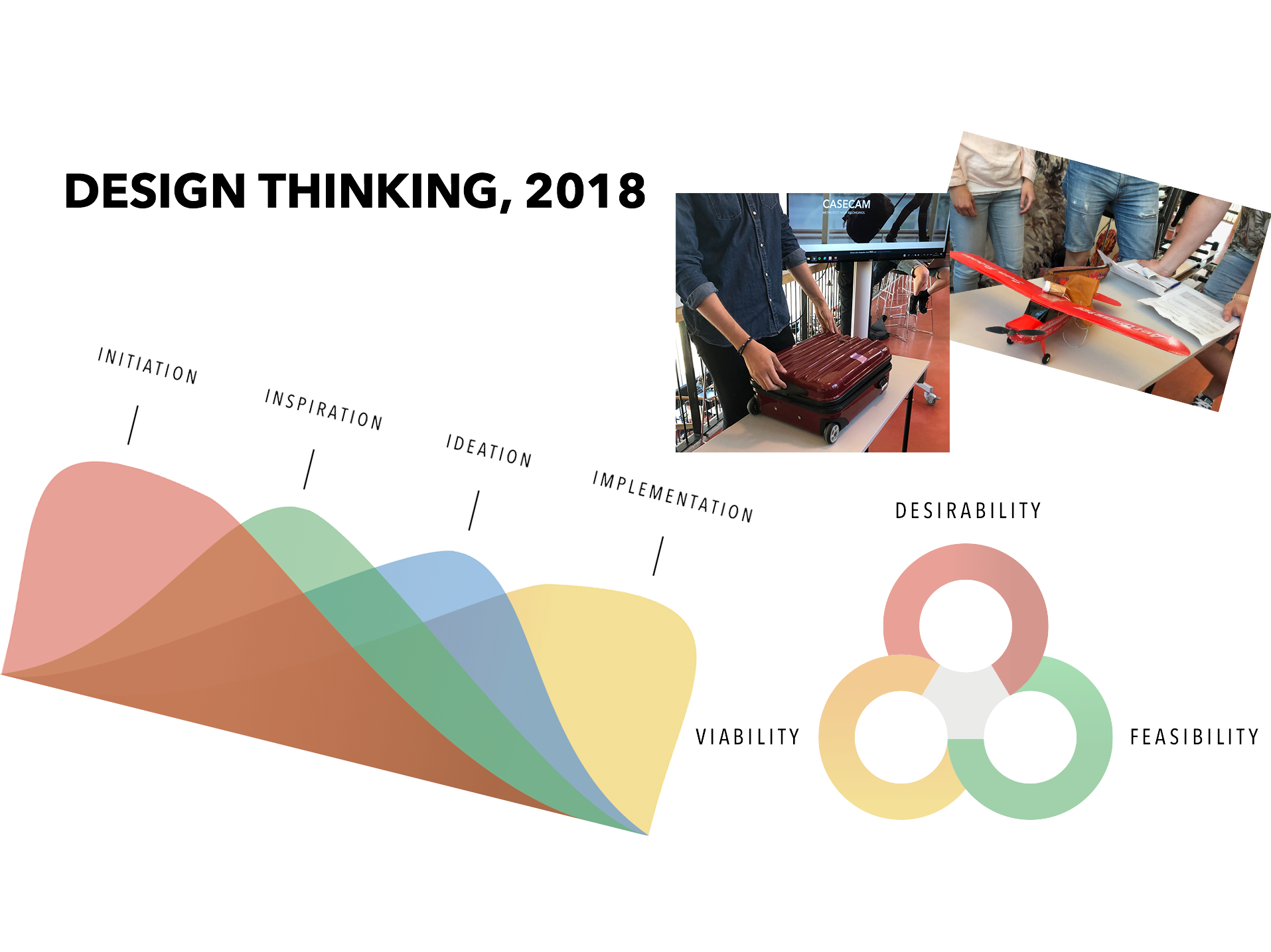
Design Thinking 2018
- Post by: Christian Johansson
- 6th June 2018
- No Comment
This year’s iteration of the Design Thinking course (MT2547) has completed with a Design Expo at BTH where the students presented and demonstrated their results to other student peers, teaching staff, and general public as well as media.
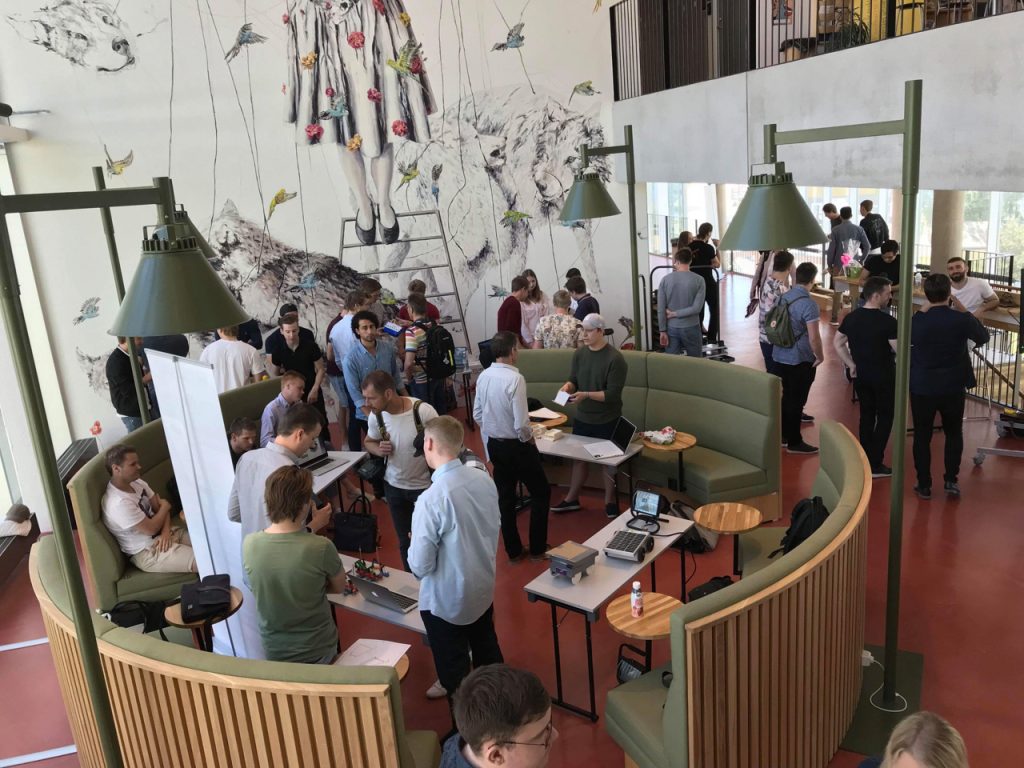
Design Thinking depicts an approach to product (and service) development that puts emphasis on designing with empathy for the humans that will be users and thus affected by the product. Thus, drawing inspiration from user needfinding the design team works iteratively through numerous iteration loops where concepts and prototypes are tested for learning and validation of solutions throughout the process of designing. At the end of the projects, the team develops minimum viable prototypes, which are the tangible manifestations of the core innovations that are brought forward. In conjunction with the development of products, the teams also develop the business model of how to reach the intended customer base as well as how they should turn it into a viable business offering.
The challenge framing the projects this year was taken from Lockheed Martin’s Design Challenge (https://joinlaunchpad.com/challenges/lockheed-martin-disruption), where the students have explored opportunities within ‘Aerospace & Security’, relating to disruptive technologies such as, Autonomy, Human Augmentation and Blockchain.
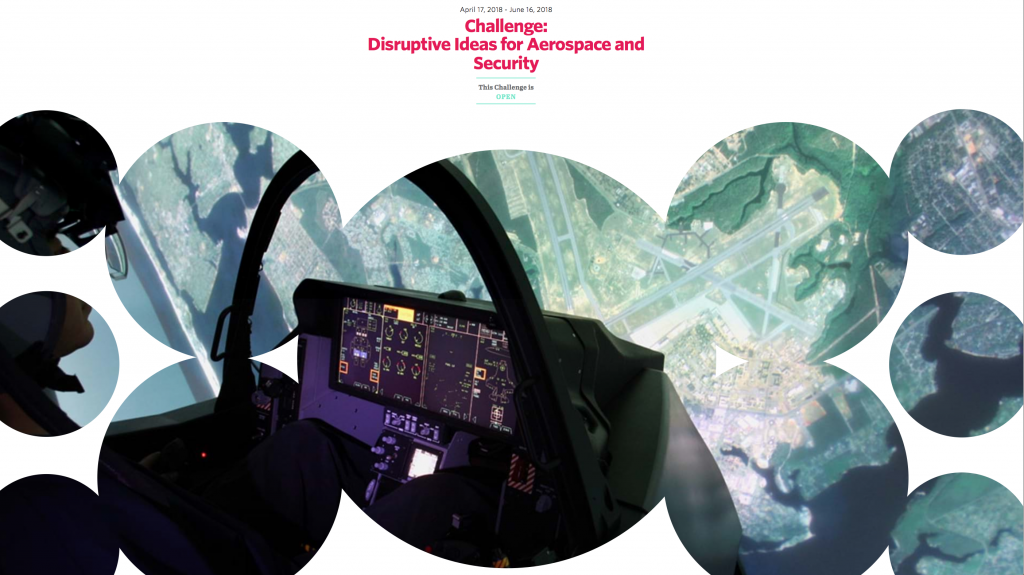
Bringing in theory from the Design Thinking course curriculum, the students have examined user needs, existing solutions and opportunities with the above-mentioned technologies to then come up with something that is innovative and innovative. They have also been tasked with exploring a possible business model linked to its innovation.
Team 1 — Case Cam
The background of this project is to support trust and safety in regard to people’s valuables in the checked-in luggage.
The value proposition with this project is to serve the traveller, who is dissatisfied with lack of trust and security in regard to their luggage/valuables while travelling, our product is a multidimensional security service that provides a proactive and reactive defence against theft. Unlike a GPS-tracker, we have assembled a service that fits a bag and give more than just location in form of picture and video.
Prototype:
Case-cam is a product that can be placed in a passenger’s luggage, where if somebody steals or opens this passengers luggage the Case-cam will take pictures of the intruder and sent a mail with photo, location and time to the passenger to document the intrusion. Case-cam was developed into a functioning prototype with a business model and implementation plan.
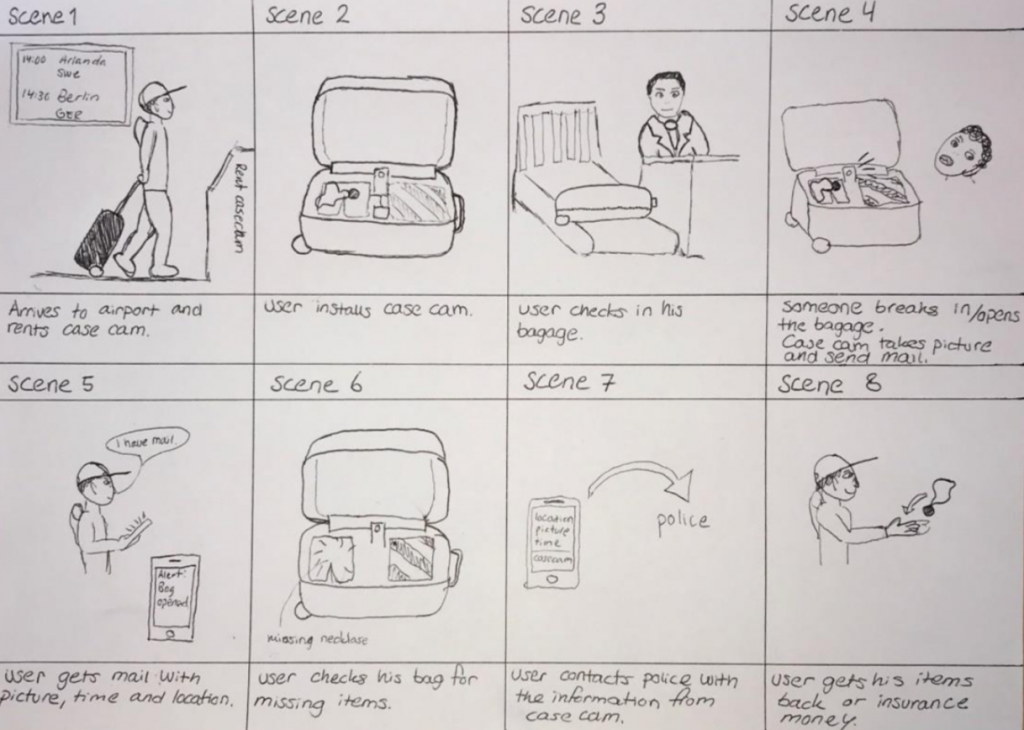
The goal of the Casecam is to make the passengers more comfortable when traveling, prevent stealing and give the passengers a better chance to get their belongings back or compensation.
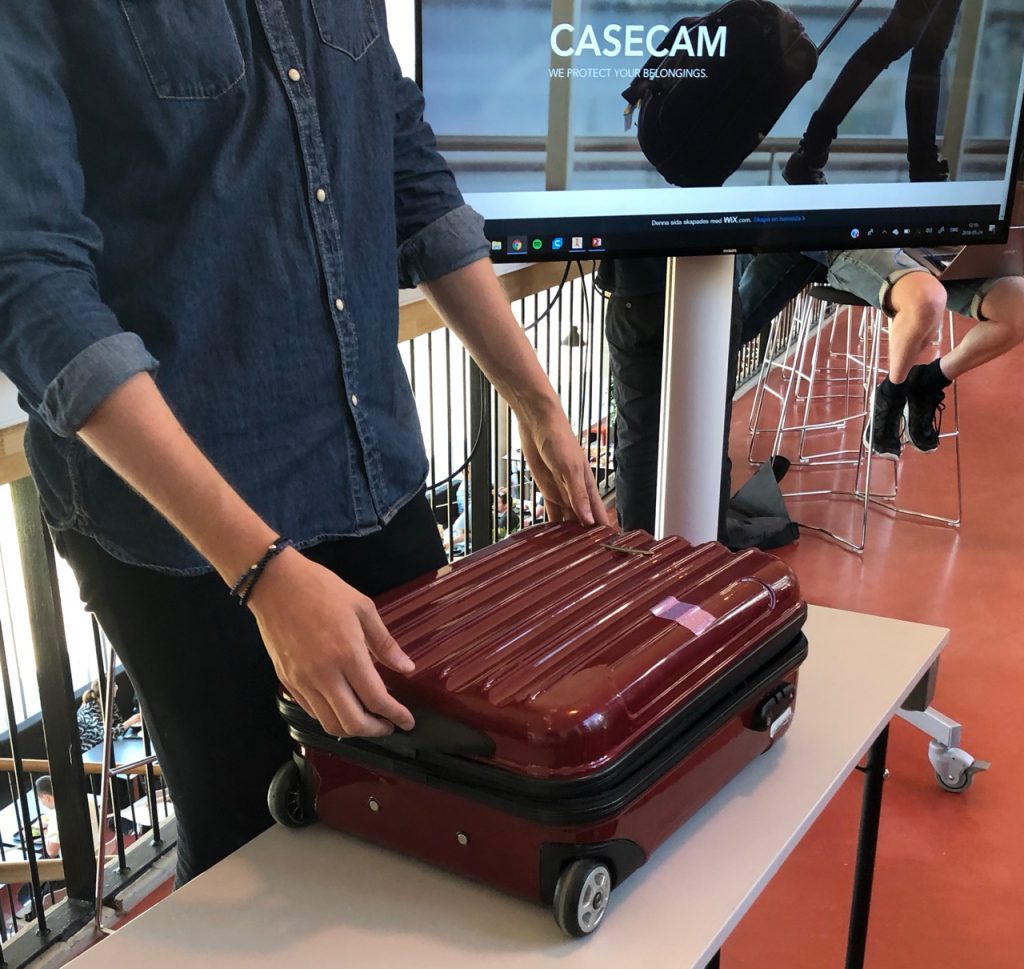
Team members:
Johan Bruce, Dastan Gomli, Erik Lindström, Anton Senbom, Anton Tuvesson
Team 2 — Blackbox 2.0
The team has focused on ways to prevent airplanes from crashing but also on ways to simplify the search for any survivors when a disaster appears.
Prototype:
The prototype features a concept to prevent the Blackbox from destruction and/or disappearing in the event of an accident. By utilising an eject mechanism and floating capabilities, it can be salvaged before destruction.
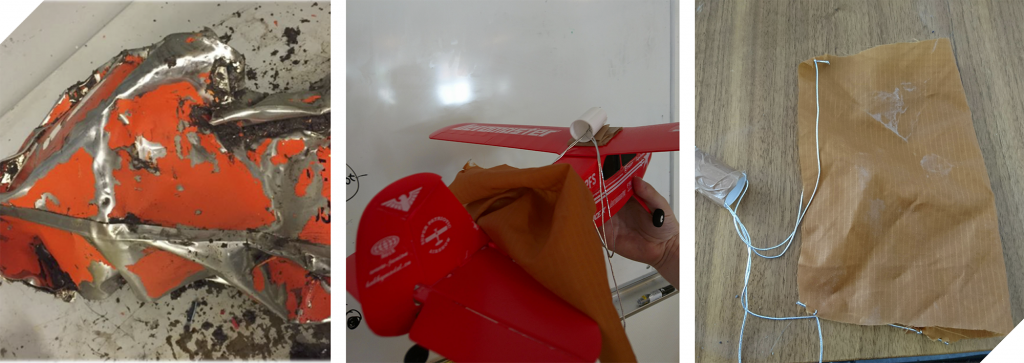
Team members:
Andreas Andersson, Robin Ekholm, Carl Henrell, Mathias Petersson, Michelle Svensson
